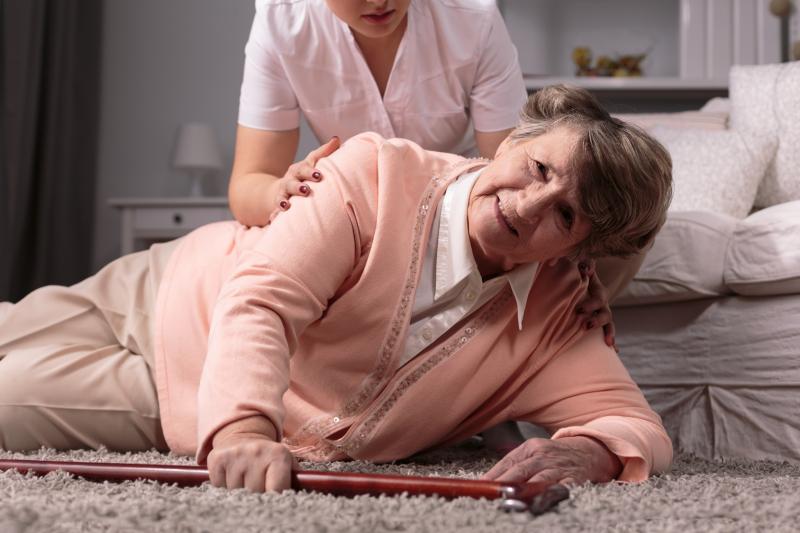
Adding bedside “sitters” to usual care for patients at high risk for falls is an appealing intervention, but evidence of its effectiveness remains limited, suggest the results of a systematic review.
The investigators searched PubMed through 8 October 2019 and other databases from inception to December 2018, conducted citation searches on key articles, as well as a Google search through 22 October 2019. They included English-language studies of any design that assessed the effect of adding sitters to usual care or compared alternative to sitters (eg, video monitors, close observation units) for adult patients on general wards of acute care hospitals and reported falls as a primary outcome.
Twenty studies met the eligibility criteria, of which two added sitters to usual care and 18 compared alternatives to sitters. Of the studies, 11 were time-series, one was retrospective quasi-experimental, and eight were pre–post in design. No randomized trials were included.
At least one methodological limitation was found in all studies. Two studies provided very-low-certainty evidence that adding sitters was effective at reducing falls. Eight studies demonstrated moderate-certainty evidence that interventions that included video monitoring reduced sitter use and neither of these affected nor reduced the number of falls among high-risk patients.
Furthermore, evidence suggesting that interventions that included nurse assessment tools (three studies) or a close observation unit (two studies) were effective alternatives to sitters were of very low certainty.
Several limitations were also present, according to the investigators. None of the studies had low risk of bias, and publication bias was possible. Additionally, some studies might have been missed.